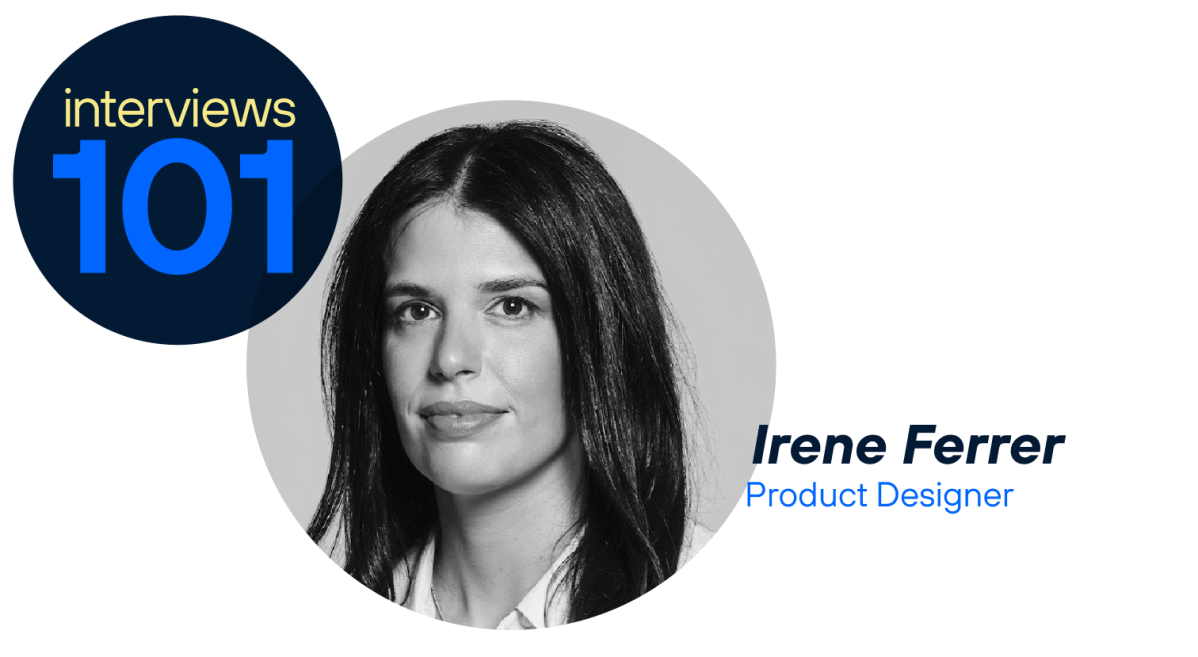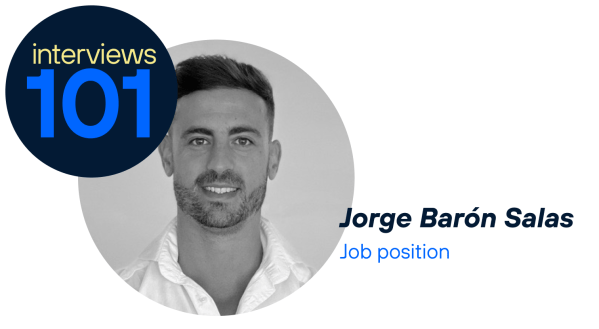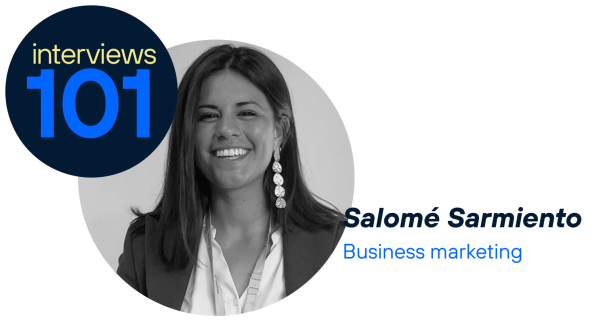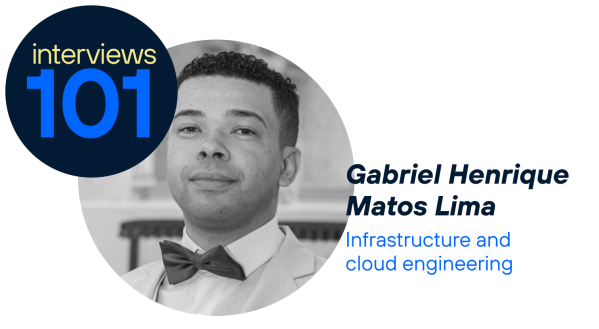Tell us a little about yourself. What does your job at Telefónica involve?
As a Product Designer and Accessibility Champion, I work across the board, supporting design, development and product teams to ensure that accessibility is integrated from the outset. My role is not to review at the end, but to sow the seeds of a culture: establishing an inclusive mindset, coordinating the parties involved, identifying blind spots and structuring the process with tools, training and frameworks that facilitate the work and make it more sustainable.
Quality and user experience are key at Telefónica. But for that experience to be real for everyone, products have to be designed with inclusion in mind. It’s not just about meeting standards, but about creating digital services that are capable of adapting to different people, contexts and ways of interacting.
In short, I make accessibility no longer invisible or voluntary, but a real, shared and structured feature of the product. Because if we design for everyone, we design better.
What does the work of a Product Designer and Accessibility Champion involve?
The work of a Product Designer goes far beyond visual design. Our workflow begins with understanding: researching, empathising, analysing the context and identifying real opportunities. We design based on needs, not assumptions. In my case, I also have experience leading design teams and managing digital projects, which gives me a broader perspective on how to fit design into complex, real-world environments.
This makes my role as Accessibility Champion more complete. It’s not just about identifying barriers or reviewing deliverables: it’s a cross-functional job that requires discipline, vision and a lot of coordination between different parties. You have to sow the seeds of a culture, translate accessibility into product decisions and, above all, communicate — all the time — so that this practice ceases to be a one-off and becomes structural.
Because without structure, there is no continuity. And without continuity, accessibility fades away.
What are the characteristics of this role?
It’s a role that combines strategic vision, attention to detail and a great ability to adapt. As a Product Designer, you need to listen, understand, abstract and make decisions that balance what is desirable, feasible and accessible. It’s not just about designing an interface, it’s about anticipating how someone will experience it.
And as an Accessibility Champion, you need consistency, empathy and, above all, discipline. This role requires a cross-functional perspective, talking to very different profiles — from design to development and business — training, explaining, insisting… and keeping the conversation open even when it’s not a priority for everyone. It’s a role that connects, makes blind spots visible and helps transform the team culture without imposing.
Ultimately, it’s a mix of designing with intention and accompanying with vision.
Why is it relevant?
It’s relevant because for a long time, accessibility has been something that has been treated with kid gloves. It’s an invisible issue, linked almost exclusively to legal compliance, and rarely integrated structurally into design and development processes.
But the reality is that thinking about accessibility means thinking about the product. It means broadening its reach, reaching more people, designing with more scenarios in mind and, above all, anticipating real needs that we had often not even considered. An accessible product is not only fairer: it is more robust, more versatile and more innovative.
Designing a service to work without being seen, heard, touched or using your voice forces us to rethink its essence. And that doesn’t just benefit people with disabilities: it opens up new ways of using it, improves the experience in unexpected contexts and multiplies the possibilities of the product itself.
Accessibility doesn’t take away. It adds.
What professional profiles can be dedicated to these tasks?
The profiles that can be dedicated to accessibility or product design are very diverse. In teams, you find people who come from engineering, architecture, psychology, communication, industrial design, IT… and that is a great strength. They all share something: the ability to translate needs into solutions. And that, precisely, enriches the approach to accessibility.
Each role contributes from its own discipline: design researches and structures, development implements and strengthens, QA validates, product defines priorities. Accessibility needs everyone, but it also needs someone to connect it all.
That’s where the role of the Accessibility Champion comes in, a cross-functional figure who accompanies, raises awareness, puts tools on the table and ensures that no part of the process forgets that designing for accessibility is designing well. In my case, having a technical background and experience in design and management allows me to move fluidly between different areas, understand team dynamics and facilitate accessibility as a common thread.
The important thing is not to know everything, but to know how to facilitate, when to activate resources and how to sustain the conversation so that accessibility does not depend solely on individual enthusiasm, but on a real structure.
What is the importance of digital optimisation and design?
Digital optimisation is not just about making something load quickly or consume fewer resources. It is about designing experiences that work well, adapt to different contexts and remain consistent over time.
In my role, I see it as the ability to identify what does not add value, automate repetitive tasks and structure the design so that it can scale without losing quality.
Optimisation also means doing more with less friction: from thinking about reusable and accessible components from the outset to working with tools that allow us to validate design and code without duplicating efforts. And, of course, integrating accessibility as part of that optimisation is key: because when something is well designed for everyone, it simply works better.
How useful are agile methodologies?
Agile methodologies are frameworks that help us organise and streamline processes in multidisciplinary teams. Their usefulness lies in allowing us to deliver value continuously, validate hypotheses quickly and adapt better to change.
They are not only applicable to design or accessibility: they cut across the entire product development cycle. They help us collaborate better across departments, set clear goals, prioritise consistently and detect what is not working sooner.
That said, their usefulness depends greatly on how they are applied. For me, the important thing is not to follow a methodology to the letter, but to understand the purpose: to discuss, iterate, learn and build with meaning. If they are adapted to each context, they allow strategic issues such as accessibility to be sustained without losing momentum or vision for the future.
Which people working at Telefónica would you nominate for this interview because you consider them to be excellent at their job?
I would nominate my great and dear colleague Javier Santillán for his cross-functional knowledge, pragmatism and ability to reinvent himself. But above all, I nominate him because he is what I call a “glue” person. He is someone who brings people together, shares, empathises and listens.










